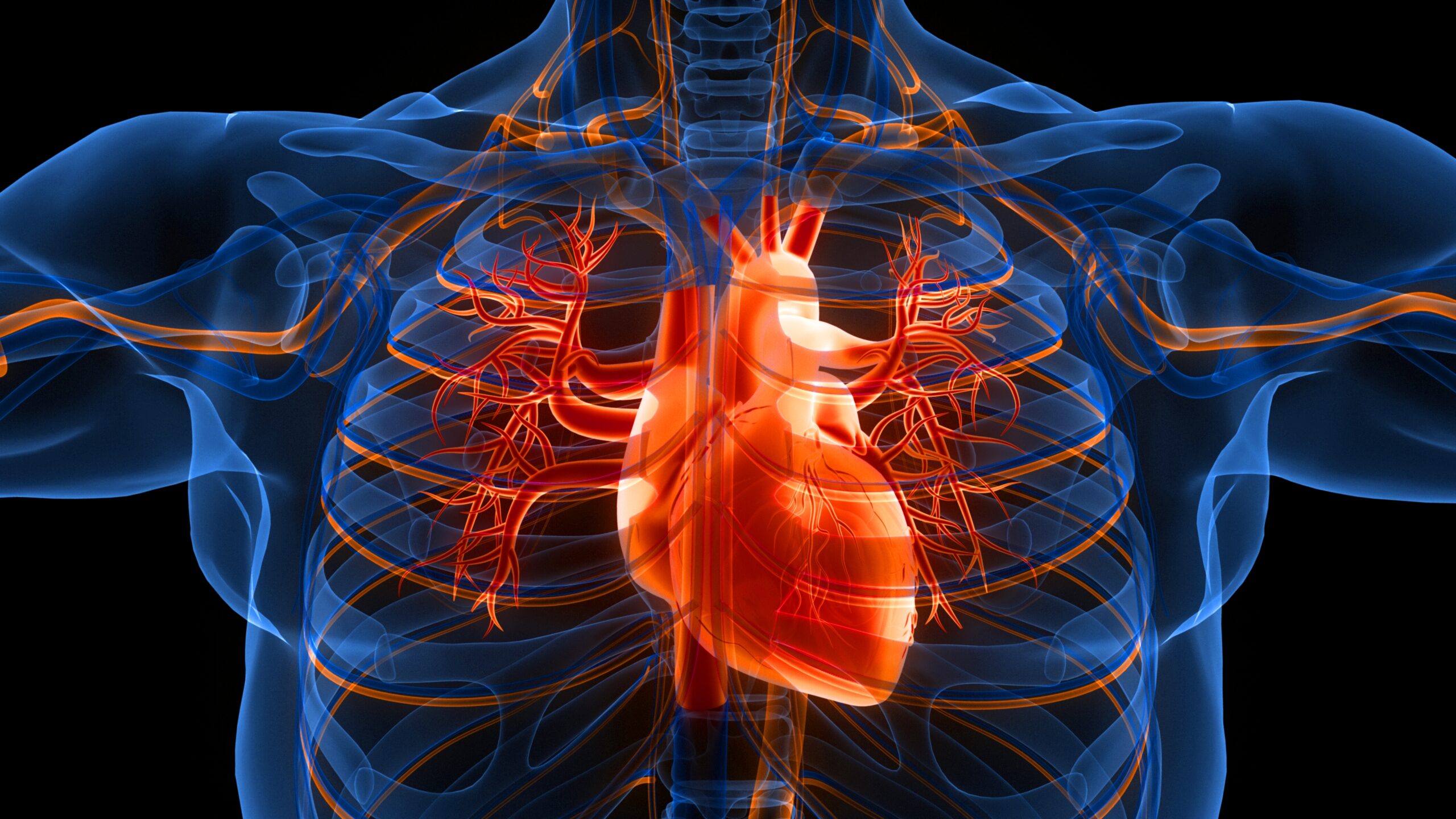The heart, a muscular organ located in the thoracic cavity, serves as the primary engine that powers the circulatory system. It tirelessly pumps oxygenated blood to various parts of the body and receives deoxygenated blood to be purified. This entire process is a testament to the heart’s intricate design and its physiological mechanisms. Cardiac physiology is the study of these mechanisms, which involves understanding the electrical, mechanical, and chemical processes that enable the heart to function efficiently.
Structural Components
The heart consists of four chambers: two atria (left and right) and two ventricles (left and right). The atria are the receiving chambers, which collect blood returning to the heart, while the ventricles are the pumping chambers that push blood out of the heart. The heart’s structure is reinforced by a series of valves that ensure a one-way flow of blood. The mitral (bicuspid) and tricuspid valves lie between the atria and ventricles, whereas the pulmonary and aortic valves are located at the exits of the ventricles.
The cardiac muscle, or myocardium, forms the bulk of the heart’s walls. These cells are specialized, interconnected, and unique in their ability to contract rhythmically and continuously.
Electrical Conduction System
Cardiac physiology isn’t just about the mechanical contraction of the heart muscles. It is intricately linked to the electrical system that triggers these contractions. The heart possesses an inherent ability to generate and propagate electrical impulses.
This electrical conduction system consists of:
- Sinoatrial (SA) Node: Often referred to as the heart’s natural pacemaker, the SA node is located in the right atrium. It initiates an electrical impulse that spreads across both atria, causing them to contract and push blood into the ventricles.Atrioventricular (AV) Node: Situated between the atria and ventricles, this node delays the impulse from the SA node, allowing the ventricles to fill with blood before they contract.Bundle of His and Purkinje Fibers: These structures carry the impulse from the AV node to the ventricles, leading to their contraction and the subsequent ejection of blood to the lungs (from the right ventricle) and the rest of the body (from the left ventricle).
Cardiac Cycle
The cardiac cycle is the sequence of events that occur in a single heartbeat. It can be divided into two main phases:
- Diastole: During diastole, the heart muscles relax. The atria fill with blood returning from the body and lungs. The AV valves (tricuspid and mitral) are open, while the semilunar valves (pulmonary and aortic) are closed.Systole: This is the contraction phase. Initially, the atria contract (atrial systole) pushing blood into the ventricles. Following this, the ventricles contract (ventricular systole), forcing blood into the pulmonary artery (from the right ventricle) and the aorta (from the left ventricle).
Cardiac Output
One of the essential measures in cardiac physiology is cardiac output (CO). It represents the volume of blood ejected by the heart in one minute. CO is the product of stroke volume (SV, the amount of blood pumped out by a ventricle with each beat) and heart rate (HR, number of beats per minute). In a healthy adult, the average CO is about 5 liters/minute, but this can vary based on physical activity and overall health.
Coronary Circulation
The heart, like all organs, requires a continuous supply of oxygen-rich blood. This is facilitated by coronary circulation. The coronary arteries branch off from the aorta and envelop the heart, supplying oxygenated blood to the myocardium. Deoxygenated blood is then collected by the cardiac veins, which drain into the coronary sinus and subsequently into the right atrium.
Summary
Cardiac physiology encompasses the intricate interplay of electrical signals, muscle contractions, and valve operations, all synchronizing to ensure effective blood circulation. The heart’s ability to adapt to various physiological demands, whether during intense physical activity or at rest, is a testament to its intricate design and the complex regulatory mechanisms that govern its function. Understanding cardiac physiology is not just essential for medical professionals but is fundamental knowledge for appreciating the marvel that is the human heart.
